5 Real-Life Ways Math Helps You Make Smarter Financial Decisions

- Example: A “25% discount” on a $40 item saves $10, but on a $140 item it saves $35.
Using Basic Ratios to Compare Financial Options
Ratios are one of the simplest tools for understanding value, especially when two choices look similar on the surface. When you compare something like cost versus quantity or price versus expected return, a ratio strips the decision down to its essentials.
You’re left with a clearer picture of which option gives you more for the resources you’re putting in. This approach also helps when choices involve different units or slightly different conditions.
Converting both sides into a ratio makes them easier to compare directly. It removes guesswork and keeps your focus on the relationship between numbers rather than the numbers alone.
Once you get comfortable doing this quickly, everyday decisions become easier to judge with more accuracy and less hesitation.
- Example: Choosing between 12 units for $9 or 18 units for $12 becomes simple when converted to cost per unit.
Applying Simple Math to Modern Financial Tools
Many financial tools display numbers that move throughout the day, and being able to read those changes calmly is one of the clearest signs that your math skills are improving.
When you look at a small chart, a price history, or a simple value shift, you’re really looking at patterns created by ratios, percentages, and basic arithmetic. Some learners practice by observing real data on platforms that show numbers in motion.
You learn to interpret information instead of reacting emotionally, which is useful in any financial situation.
- Example: A small movement of 0.10 can look insignificant until you compare it to the size of previous changes on the same chart.
Reading Interest and Return Numbers More Clearly
Interest rates often confuse people because they don’t always behave the way they appear on paper. A rate might look low, but grow quickly when applied over time.
Understanding how simple and compound interest differ helps you estimate how long it takes for money to grow or shrink. This also helps when comparing savings tools, loans, or investment options that rely on time-based growth.
Once you recognize how interest interacts with duration, you can judge whether an offer benefits you or simply looks attractive in the short term. Many financial tools rely on this principle, and a little familiarity can prevent costly decisions.
Clear math also gives you a better sense of how your choices stack up over several months rather than a single moment.
- Example: A 5% annual interest rate grows differently with monthly compounding than with a simple yearly calculation.
Spotting Risk by Breaking Numbers Into Smaller Parts
Risk often feels intimidating because people try to interpret large or fast-moving numbers all at once. Breaking those numbers into smaller pieces makes them manageable.
Instead of looking at a big potential loss or gain, you can separate it into steps, like daily changes or adjustable portions. This lets you see how much movement actually matters and how much is noise.
Many decisions become clearer when you isolate the part that affects you most. This helps avoid emotional choices and encourages slow, steady evaluation.
It also becomes easier to detect when something is truly risky versus when it only appears that way because of dramatic changes shown in a single view. Simple math gives structure to uncertainty and helps reduce unnecessary stress.
- Example: A 12% swing looks dramatic, but broken into four 3% movements, it’s easier to understand and assess.
Final Thoughts
Math becomes more useful when you apply it to everyday situations rather than treating it as something separate from real life.
The more you practice reading numbers in practical contexts, the easier it becomes to make decisions with confidence instead of uncertainty. These small skills add up over time and help you approach financial choices with a clearer mindset.
With steady practice, even simple math can guide you toward more stable, informed, and thoughtful outcomes in your day-to-day life.
Frequently Asked Questions
Why does basic math matter so much in everyday financial decisions?
Basic math helps you make clearer judgments about prices, value, and timing. Even small amounts of numerical confidence can prevent mistakes and improve everyday choices.
How can I practice using math in real-life scenarios?
Start by paying closer attention to numbers you already encounter, like receipts, bills, or simple online charts. Treat them as small exercises instead of routine tasks.
Do I need advanced math to understand financial tools online?
No. Most platforms rely on simple calculations. If you can read basic changes, compare values, and think in small steps, you can learn effectively over time.
What’s an easy way to improve my comfort with numbers?
Pick one everyday activity and slow it down. Converting a few numbers into clear steps builds confidence and makes future situations easier to understand.
Related to This Article
More math articles
- 10 Most Common ParaPro Math Questions
- The Ultimate 7th Grade CMAS Math Course (+FREE Worksheets)
- How to Master Polynomial Functions
- How to Prepare for the ATI TEAS 7 Math Test?
- How to Use Comparison test for Convergence
- Discovering the Magic of ASA and AAS Congruence in Triangles
- 7th Grade Scantron Math Worksheets: FREE & Printable
- How to Master the World of Conjectures and Counterexamples
- How to Solve Rational Exponents and Radicals?
- How to Find the Area Enclosed by Curves Using Any Axes


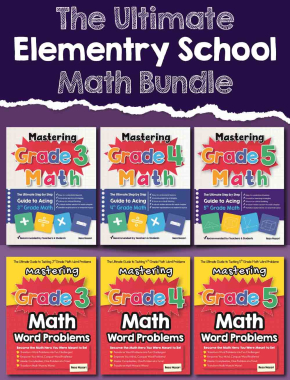

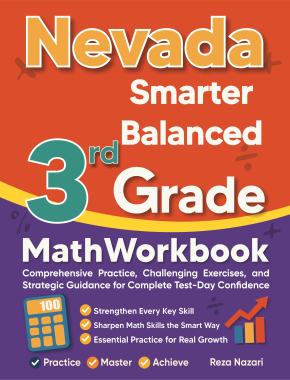
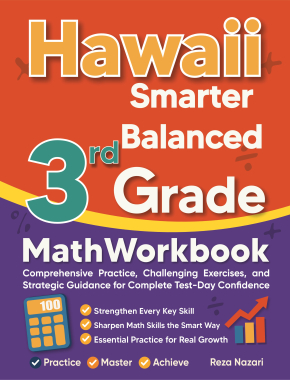
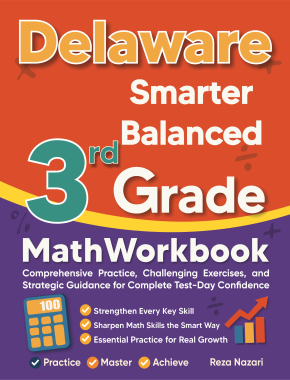



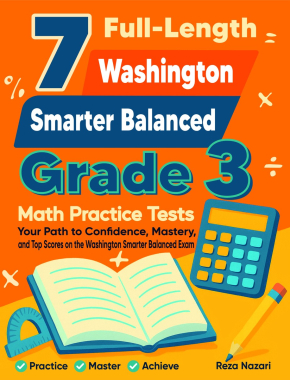



























What people say about "5 Real-Life Ways Math Helps You Make Smarter Financial Decisions - Effortless Math: We Help Students Learn to LOVE Mathematics"?
No one replied yet.